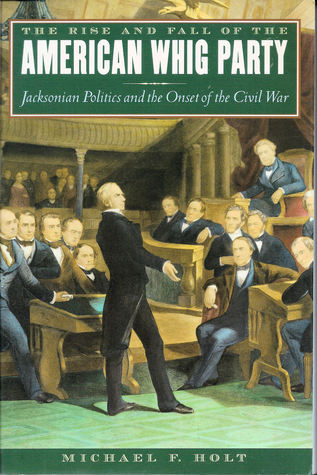My writing and research energy over the past two months was being used for a presentation I mentioned here before. In May 2018, I was recommended by my friend Mark Fischer to Meg Riestenberg to give a talk to a local nature conservation group Meg belongs to in Lawrenceburg IN called the Oxbow. Mark had given previous talks here on Geocaching and the 2017 Solar Eclipse. I'd never done anything like this before but after some trepidation, I accepted as I felt I was up to the challenge.
 This was more of a nature interest group but Meg said they enjoy hearing about local history too. A captive audience! The idea I came up with for them was "Tippecanoe and Trivia Too!". This would be a talk about the local ties that William Henry Harrison had to the Ohio Valley. I also decided to bust some of the myths that surround his life. To keep folks engaged, I added in a mini trivia night similar to the ones that are popular in many bars nowadays. I decided that the winning team would get the theme appropriate gift of a six-pack of Cincinnati made Hard Cider from March First Brewing.
This was more of a nature interest group but Meg said they enjoy hearing about local history too. A captive audience! The idea I came up with for them was "Tippecanoe and Trivia Too!". This would be a talk about the local ties that William Henry Harrison had to the Ohio Valley. I also decided to bust some of the myths that surround his life. To keep folks engaged, I added in a mini trivia night similar to the ones that are popular in many bars nowadays. I decided that the winning team would get the theme appropriate gift of a six-pack of Cincinnati made Hard Cider from March First Brewing. |
| one of the team bookmarks |
On the evening of the presentation on October 9th, we arrived a bit early and found no one there yet. What are two geocachers going to do to kill time? Hmmm. Once we grabbed a couple of caches, one with a spectacular view of the Ohio River I must say, we headed back to the Lawrenceburg conference room and I got all set up. After some Oxbow updates by Jon Seymour and Meg Riestenberg and an introduction by Mark, I gave my presentation.
 |
| A 1960s reproduction of a 19th booze bottle with the WHH Pez and the trivia team/bookmarks by Mark. Presenter selfie with a couple of candid shots from the evening. |
There were about 40 people in attendance (a full house!) for my one-hour presentation which was only 45 minutes short of Harrison's speech. On trivia nights they usually play a song while the teams ponder their answer. I had one technical glitch in that I had no audio for the first two trivia question songs. That was a pretty major component of the entertainment factor so that was a bit distressing. Three songs were renditions of 1840 era campaign songs by a man named Oscar Brand. Another was a W.H. Harrison inspired song by a band called The Executive Branch, and the fifth was a version of "Tippecanoe and Tyler Too" by They Might Be Giants. I finally got the sound figured out and I was pretty pleased with how it all went after that. The audience seemed receptive and engaged. They even laughed at my jokes. One where I said I was going to now read the two-hour speech but was told I didn't have time. My "parley animal" joke went over pretty well too. They even had a few of their own. For example, when it got misconstrued that the trivia answers would be based on something I said, similar to a quiz, I corrected this by saying they would be mainly multiple choice or true/false questions on something I hadn't covered yet. Someone then shouted, "so we really don't have to pay attention then??". That got a good chuckle from everyone including myself.
 |
| NWA inspired graphic |
I had thought of recording my presentation but decided against it so I have no video to show you here. My PowerPoint isn't really suitable for sharing either as it is mostly image based and I relied on my notes vs having so much text on the screen. I can share a few highlights though!
Several of the big myths I busted are written about on this very blog. The circumstances and cause of his death, the confusion surrounding the first photo of a President, and the popularizing of the word booze. I added a bit about the alleged death curse on US Presidents starting with Harrison sometimes attributed to Tecumseh and other times to his brother The Prophet. For local history, I highlighted the two homes in North Bend and talked about his time as a public servant in Ohio and Indiana and of course his military history in the vicinity during the late 18th and early 19th centuries.
It turns out that my trivia questions were harder than I anticipated. This was my fault due to some red herrings I added since I thought the questions might be too easy. Here is a sample of the questions...Do you know the answers? No Googling!
 |
 |
 |
Afterward, several folks stuck around to chit chat with me. I learned of a few other local Harrison tidbits from a couple of attendees that I'll likely explore further. This was a pretty great experience for someone like me with almost no experience at public speaking. I have to highly recommend the book that helped me out a great deal in preparing for this called, Speak Easy by Maggie Eyre.
Huzzah!...as Harrison might say.












































